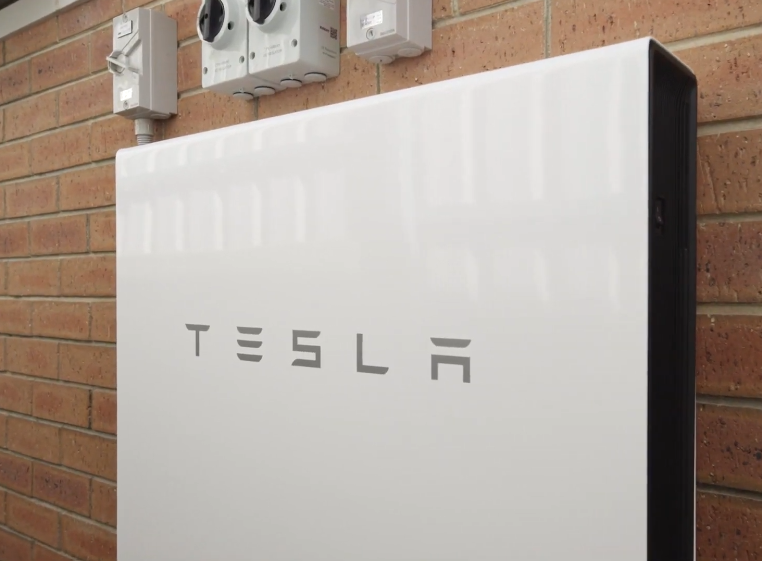Tesla’s Virtual Power Plant project in South Australia is only around ~2% complete, but it is already proving to be a difference-maker, rescuing Queensland’s grid during an unexpected power outage. The response time and efficiency of the Virtual Power Plant mirror that of Tesla’s other large-scale energy project in the region, the highly-acclaimed Hornsdale Power Reserve.

Back in October, Queensland’s Kogan Creek coal power station, one of the largest in the region, tripped and caused the power system to drop well below the normal level of system frequency. Tesla’s Virtual Power Plant promptly stepped in, detecting the frequency drop and injecting power into the grid from Powerwall batteries loaded with energy from solar panels installed in SA Housing Trust properties across the state.
In a statement about the VPP’s feat, South Australia Energy Minister Dan van Holst Pellekaan highlighted the fact that Tesla’s Virtual Power Plant is still in its early days. Despite this, it was able to respond quickly. The feat was no joke, considering that the Kogan Creek station is a fairly large coal power plant. “Although the Virtual Power Plant is in its early days, it is already demonstrating how it can provide the network support traditionally performed by large conventional generators,” he said.
The Energy Minister’s statement is notable, considering that there are only about 900 homes forming the Virtual Power Plant as of date. Tesla’s target for the full VPP is a whopping 50,000 solar-powered, Powerwall-equipped homes. If less than 2% of the planned Virtual Power Plant can already rescue Queensland’s grid when a large coal plant fails, one can only imagine how much stability a fully-completed VPP could accomplish.
Violette Mouchaileh, the executive general manager of emerging markets and services for the Australian Energy Market Operator (AEMO), expressed her optimism about the potential of Tesla’s Virtual Power Plant. “The SA VPP has proven the aggregation of distributed energy resources can benefit the power system and participating consumers. The opportunity for VPPs to reach a large scale will benefit all energy users through added competition to deliver services at reducing prices. We encourage more VPPS to register to accelerate the shared learning on how to safely and efficiently integrate, operate and regulate these emerging technologies into the NEM,” she said.
The buildout of Tesla’s Virtual Power Plant in South Australia is expected to be completed in three phases. In Phase 1, energy systems will be delivered to 100 SA Housing properties. Phase 2 increases this number with an additional 1,000 homes equipped with solar panels and Powerwall batteries. Phase 3, provided that it does push through, would expand the system to 50,000 homes. So far, Phase 1 has been completed, and Phase 2 appears to be nearing completion as well.
Once complete, Tesla’s Virtual Power Plant in South Australia will deliver 250MW of solar energy and store 650 MWh of backup energy for the region. That’s notably larger than the Hornsdale Power Reserve, which is already changing South Australia’s energy landscape with its 100MW/129MWh capacity. In a way, Tesla’s Virtual Power Plant may prove to be a dark horse for the company’s Energy Business, which is unfortunately underestimated most of the time. Couple this with the 50% expansion of the Hornsdale Power Reserve, and Tesla Energy might very well be poised to surprise in the coming quarters.